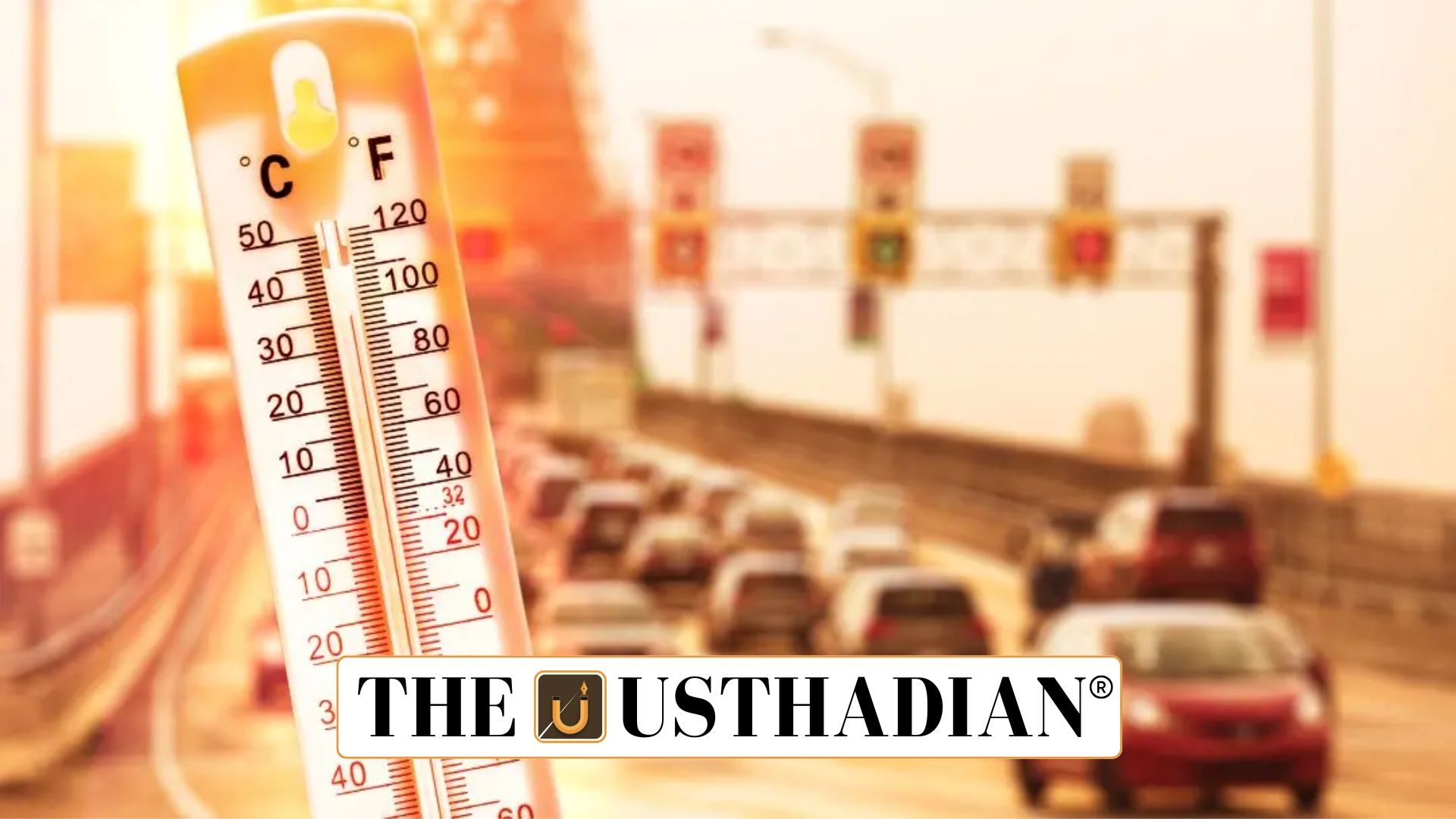Heat stress is increasing across Tamil Nadu
Rising Urban Heat Stress in Tamil Nadu: A recent report titled “Urban Growth and Thermal Stress” by the Tamil Nadu State Planning Commission highlights growing environmental concerns due to rapid urbanization. The report, covering 389 blocks, reveals that urban sprawl, deforestation, and land-use changes are accelerating heat stress across the state.
Out of the total blocks analysed, 94 blocks showed very severe long-term increases in temperature, and 64 blocks currently suffer from extreme heat stress. Alarmingly, 25 blocks, including parts of Chennai, Karur, and Ramanathapuram, fall into both categories, identifying them as the most vulnerable regions.
Built-up areas are driving temperature surges
The study shows that the rise in built-up areas is a key driver of temperature increases. As of 2015, Chennai had 74% built-up area, while other major zones like Coimbatore and Tiruppur have also witnessed significant urban expansion.
Static GK fact: Urban heat islands are more intense in areas with high built-up density due to reduced vegetation and increased heat-absorbing surfaces like concrete and asphalt.
This artificial growth reduces natural cooling systems such as vegetation and water bodies, worsening thermal discomfort in both daytime and nighttime conditions.
Even high-altitude zones are heating up
The report also points to unexpected warming in traditionally cooler areas. Kodaikanal has seen a temperature rise of 0.7°C, and Tiruttani has recorded an alarming 1.2°C increase.
Static GK Tip: Kodaikanal, a popular hill station in Tamil Nadu, lies at about 2,133 meters above sea level and has been historically known for its cool climate.
Such warming patterns threaten the ecosystems and agricultural systems that thrive in these regions.
Future projections are alarming
Looking ahead, the report warns that Tamil Nadu may face annual air temperature increases between 0.9°C and 2.7°C by 2050. This increase will have serious implications on public health, water availability, biodiversity, and urban infrastructure.
Without intervention, heat stress could lead to higher mortality rates, strain on power and water supply, and damage to sensitive urban infrastructure.
Static GK fact: According to the IPCC, South Asia is one of the most vulnerable regions to climate-induced heat waves, and India is projected to witness more than 30 times the current heatwave exposure by 2100.
Static Usthadian Current Affairs Table
Rising Urban Heat Stress in Tamil Nadu:
| Topic | Detail |
| Report Name | Urban Growth and Thermal Stress: A Decadal Assessment |
| Published By | Tamil Nadu State Planning Commission |
| Total Blocks Analysed | 389 |
| Blocks with Very Severe Temperature Rise | 94 |
| Blocks Currently Facing Extreme Heat Stress | 64 |
| Most Vulnerable Blocks | Parts of Chennai, Karur, Ramanathapuram (25 blocks in both categories) |
| Chennai Built-up Area (2015) | 74% |
| Warming in Kodaikanal | 0.7°C |
| Warming in Tiruttani | 1.2°C |
| Projected Rise by 2050 | 0.9°C to 2.7°C |








